Q: How did the David Alan Collection come into existence?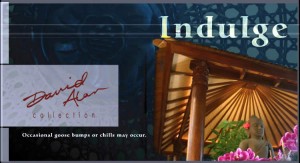
A: The David Alan Collection (DAC for short), is a blend and culmination of much of what I’ve learned and loved in life, from my undergrad degree in studio art and art history to the restoration of a Victorian house on the Hudson River. If you add my love for travel in the East (over 30 trips to India and Asia), a passion for third world art and craft and my businesses on Cedros Ave., the foundation for DAC begins to emerge. The name, by the way, comes from my first and middle name, David Alan Bardwick. Continue reading DAC History
Month: March 2009
Finding the Right Stuff
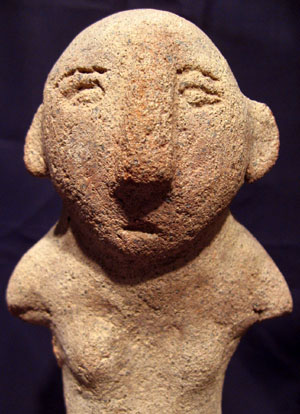 Beauty and soul are the twin lights that inform and guide me in my quest for pieces for the Collection. Once I’m drawn to a piece by its beauty or soul, then I look for the other essentials: balance, harmony, structural integrity, craftsmanship, good materials and condition. A piece may be lacking in any of these areas and still come home with me. Structural integrity can be repaired, gorgeous wood can to some degree override design flaws or average craftsmanship. If the materials aren’t the best but it’s stunningly beautiful, it comes home. Great soul or energy can override every other consideration. Continue reading Finding the Right Stuff
Beauty and soul are the twin lights that inform and guide me in my quest for pieces for the Collection. Once I’m drawn to a piece by its beauty or soul, then I look for the other essentials: balance, harmony, structural integrity, craftsmanship, good materials and condition. A piece may be lacking in any of these areas and still come home with me. Structural integrity can be repaired, gorgeous wood can to some degree override design flaws or average craftsmanship. If the materials aren’t the best but it’s stunningly beautiful, it comes home. Great soul or energy can override every other consideration. Continue reading Finding the Right Stuff
What Makes A Piece Of Furniture Great?
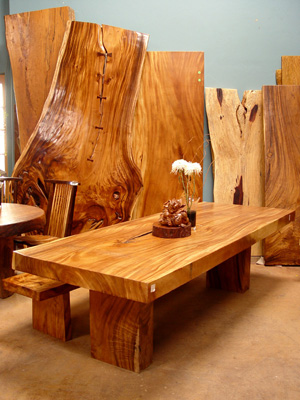 Numerous criteria can be used to determine if a piece of furniture is great. In the context of this article “great” may not be synonymous with “museum quality,” rather great means a work of beauty and soul. These criteria could be separated into five including: the basics, the patina, the materials used, the history (interest), and the energy. Continue reading What Makes A Piece Of Furniture Great?
Numerous criteria can be used to determine if a piece of furniture is great. In the context of this article “great” may not be synonymous with “museum quality,” rather great means a work of beauty and soul. These criteria could be separated into five including: the basics, the patina, the materials used, the history (interest), and the energy. Continue reading What Makes A Piece Of Furniture Great?
Getting Creative
Getting creative — Old pieces, New uses
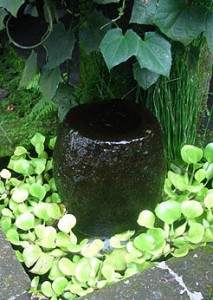
One of the most fun and creative parts of finding old, beautifully weathered, textured architectural and village pieces, is discovering new uses for them. 9′ or 10′ teak plow handles become handrails, legs for tables or wall art. Teak rice mortars become pedestals for wood dining tables, coffee tables, or plant stands or bases for glass top end tables, drink tables and outdoor tables. Continue reading Getting Creative
Folk Art – Innocence and Simplicity
It is the joy, beauty, and innocence transmitted through the simple works of folk art that drew me to collecting it from villages all over Asia and the Pacific for many years. It is the art of the people, of hearth and home, and is fashioned from the hands, heart and soul of the maker.
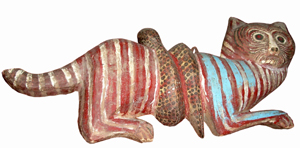 I am compelled to share my love and admiration for folk art’s pure and utterly delightful forms. The makers of folk art are usually villagers, untrained, with something to express, consciously or not. They are usually “playing” with an everyday household object, a tool, instrument, toy, piece of furniture, utensil, or offering – always making that piece more beautiful, interesting, or meaningful. Continue reading Folk Art – Innocence and Simplicity
I am compelled to share my love and admiration for folk art’s pure and utterly delightful forms. The makers of folk art are usually villagers, untrained, with something to express, consciously or not. They are usually “playing” with an everyday household object, a tool, instrument, toy, piece of furniture, utensil, or offering – always making that piece more beautiful, interesting, or meaningful. Continue reading Folk Art – Innocence and Simplicity
Favorite Quotes
Whoops and Yelps
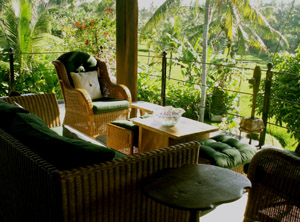
I was awakened one morning at 6:00am by shouts from the rice fields in front of my house in Bali. When these strange, war-like cries continued, I knew I’d never get back to sleep. From the terrace I could see farmers walking through their fields, occasionally letting out a stylized cry that could be heard a mile away. I thought, “God, I hope this is some sort of ceremony for today only.” My precious peace was being disturbed. I watched, cup of tea in hand, until I saw the reason for making this racket: birds. The rice is starting to turn from green to gold, and the birds were having breakfast. The rice farmers’ banners of brightly color cloth and tin foil blowing in the breeze were not doing the job. Only a living, shouting scarecrow could save the crop. Continue reading Whoops and Yelps